High in the Bernese Alps of Switzerland, perched at an altitude that makes it one of the loftiest permanent observatories in the world, the Sphinx Observatory commands both the heavens above and the dramatic landscapes below. Situated on the Jungfraujoch, the “Top of Europe”, at an elevation of 3,571 metres (11,716 feet), this remarkable scientific station combines cutting-edge research facilities with an iconic architectural presence. It has become a symbol of humankind’s dual fascination with science and mountains: a place where astronomy, atmospheric studies, and glaciology meet the grandeur of the high Alps.
The Sphinx Observatory is not only a centre for international scientific research but also a popular tourist destination, drawing visitors from around the globe who ascend the Jungfrau Railway to marvel at its futuristic silhouette against a backdrop of snow and ice. Its history, its achievements, and its enduring appeal demonstrate the unique way in which science and spectacle can coexist in harmony.
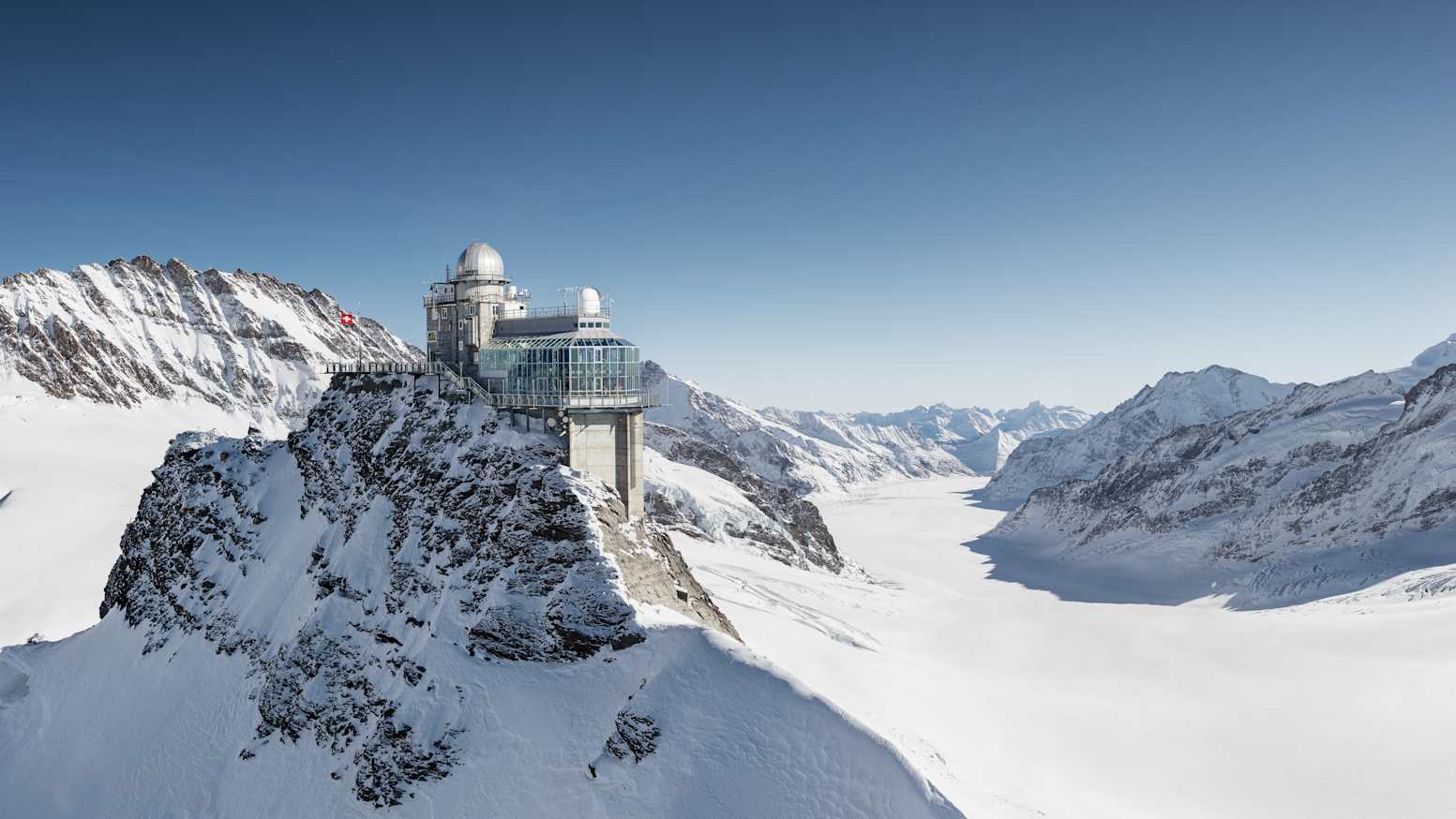
The Origins of the Observatory
The story of the Sphinx Observatory begins with the completion of the Jungfrau Railway in 1912. This remarkable feat of engineering carried trains through tunnels carved into the Eiger and Mönch mountains, terminating at Jungfraujoch, a saddle between the peaks that came to be known as the “Top of Europe”. Almost immediately, the location’s potential for scientific observation was recognised. Its altitude, clear skies, and thin atmosphere offered conditions ideal for both astronomical and meteorological studies.
In 1937, construction began on a permanent research station on the rocky outcrop above Jungfraujoch. Named after the Sphinx, the jagged promontory of rock on which it was built, the observatory was completed in 1938. Its isolated position, accessible only via tunnels and lifts from the railway station below, lent it an otherworldly quality. The combination of alpine engineering and scientific ambition captured the imagination of both researchers and visitors.
Architecture and Design
The Sphinx Observatory is instantly recognisable by its distinctive tower crowned with a domed cupola. Built directly into the Sphinx ridge, it is a combination of rock, concrete, and steel, designed to withstand extreme alpine weather conditions. The main structure houses laboratories, an astronomical dome, and observation decks. Access is provided via a tunnel and lift from the Jungfraujoch station, itself buried deep inside the mountain.
One of the most striking features of the observatory is its integration with the surrounding landscape. The tower seems to rise organically from the rock, perched precariously above sheer drops and surrounded by glaciers. Despite its remote and severe location, it is fully equipped with modern facilities, including pressurised laboratories to counteract the effects of altitude on sensitive experiments. Over the decades, renovations and upgrades have kept the observatory at the forefront of scientific capability while preserving its iconic appearance.
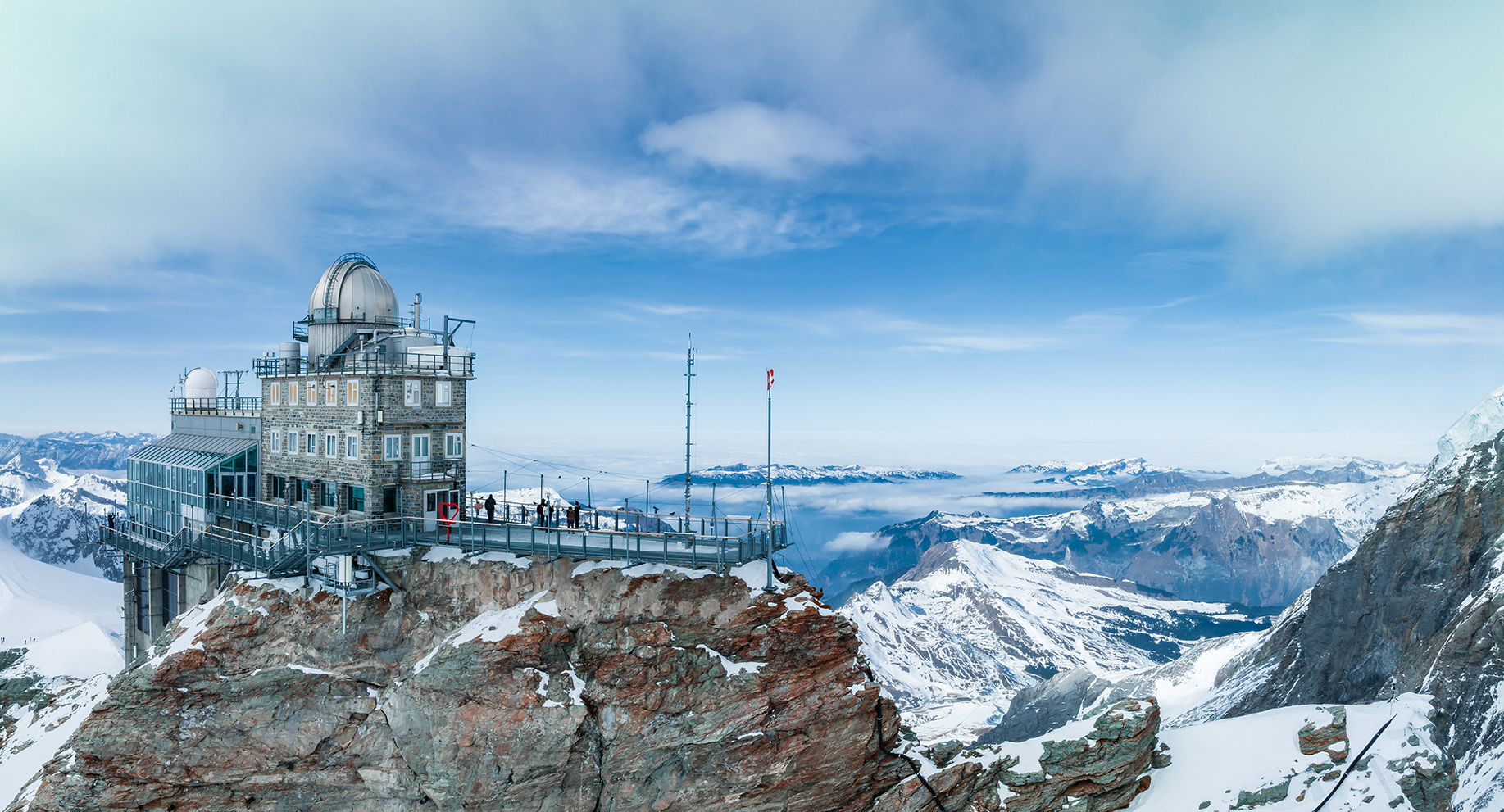
A Hub of Scientific Research
From its earliest days, the Sphinx Observatory has served as a centre for a wide range of scientific disciplines. Its astronomical dome houses powerful telescopes used for solar and stellar observations. The altitude reduces atmospheric distortion, providing clearer views of celestial objects than are possible from lower elevations.
Equally significant is the observatory’s role in atmospheric research. Its high-altitude location makes it ideal for monitoring air quality, measuring greenhouse gases, and studying the composition of the atmosphere. For decades, scientists have gathered data on ozone levels, carbon dioxide, and other pollutants, contributing to global understanding of climate change. Its remoteness from major sources of pollution means that the data collected is particularly valuable for establishing baseline atmospheric conditions.
The observatory has also been a base for glaciological research. Situated amidst the Aletsch Glacier system, the largest in the Alps, it provides direct access to study ice movements, snow accumulation, and long-term changes in alpine glaciation. These studies are critical for understanding the effects of global warming in sensitive mountain environments.
Medical researchers have also made use of the station, investigating the effects of altitude on the human body. The thin air and reduced oxygen levels provide natural conditions for studying cardiovascular and respiratory responses, informing both high-altitude medicine and broader health science.
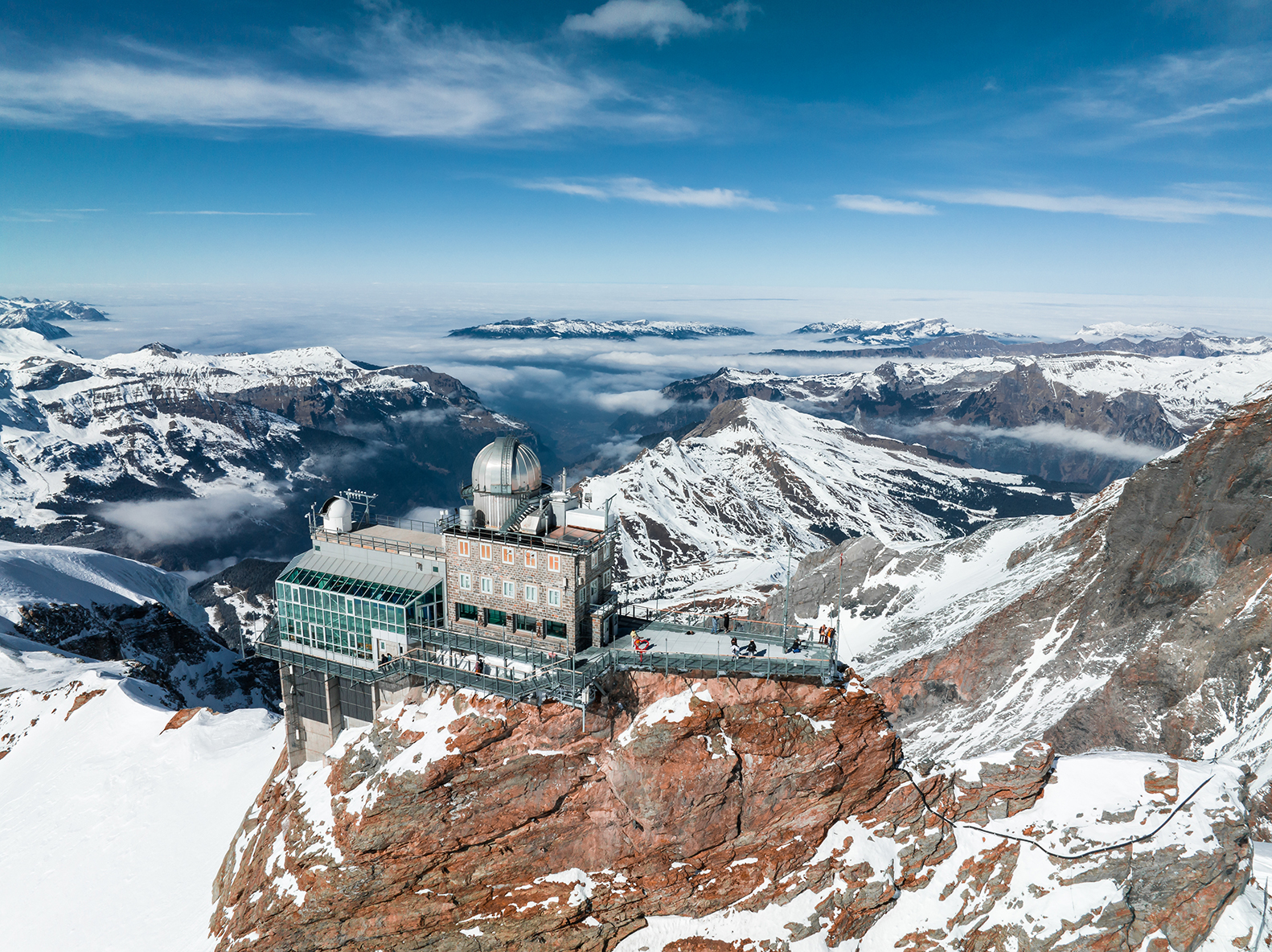
The Observatory and Tourism
While its scientific importance is profound, the Sphinx Observatory has also become an iconic tourist destination. Visitors who arrive via the Jungfrau Railway can ascend to the observatory through lifts that bring them from the subterranean station to the tower itself. From the open-air observation deck, they are treated to one of the most spectacular panoramas in Europe: the towering peaks of the Eiger, Mönch, and Jungfrau, the vast sweep of the Aletsch Glacier, and on clear days, views stretching as far as the Vosges in France and the Black Forest in Germany.
The juxtaposition of advanced scientific research with public accessibility is unusual and contributes to the observatory’s fascination. Tourists find themselves walking through corridors that also serve leading researchers, and many are inspired by the idea that cutting-edge science is being conducted in such a dramatic setting. For Switzerland, the observatory has become both a scientific institution and a cultural icon, symbolising the country’s commitment to research, engineering, and tourism.
Challenges of Operating at Altitude
Maintaining a scientific facility at such an extreme altitude is not without challenges. The weather is often severe, with temperatures plunging well below freezing, fierce winds battering the ridge, and snow and ice accumulating in great quantities. Equipment must be specially designed to endure these conditions, and regular maintenance is both difficult and costly.
Human endurance is also a factor. Researchers and staff must acclimatise to the altitude, and prolonged stays can be physically taxing. Supplies must be delivered by rail and then transported through tunnels and lifts, a logistical operation requiring precision and resilience. Despite these challenges, the observatory has continued to operate without interruption for more than eight decades, a testament to both its design and the dedication of those who work there.
Scientific Contributions
Over its long history, the Sphinx Observatory has made significant contributions to global science. Its atmospheric data has informed the international debate on climate change, providing hard evidence of rising carbon dioxide levels and changes in ozone concentration. Studies carried out here have helped shape the Intergovernmental Panel on Climate Change (IPCC) reports and contributed to international treaties on environmental protection.
In astronomy, the observatory has contributed to solar studies, observing phenomena such as sunspots and solar flares, which have implications for understanding the Sun’s influence on Earth’s climate and space weather. Its role in high-altitude medicine has led to advances in treating altitude sickness and understanding human adaptation to low-oxygen environments.
Beyond individual discoveries, the observatory has served as a model for international scientific collaboration. Researchers from across the world have worked here, united by the desire to exploit the unique opportunities afforded by its location.
Cultural Significance and Legacy
The Sphinx Observatory is more than a scientific station; it is part of Switzerland’s cultural heritage. Its image adorns postcards, brochures, and films, standing as an emblem of the Jungfraujoch experience. For many visitors, the observatory is the highlight of their journey to the “Top of Europe”, blending the thrill of alpine exploration with the fascination of science.
In literature and media, it is often depicted as a futuristic outpost, perched above the clouds and closer to the stars than ordinary life. Its enduring appeal lies in the way it captures the human imagination: a place where knowledge is pursued in the face of nature’s harshest conditions, and where the boundary between science and spectacle blurs.
Conclusion
The Sphinx Observatory is one of the world’s most extraordinary scientific institutions. Built in a place where few would have dared to construct anything, it has endured for more than eighty years as a hub of discovery, a triumph of engineering, and a beacon for visitors from across the globe. Its contributions to astronomy, atmospheric science, and glaciology are invaluable, while its role in shaping the cultural identity of the Jungfraujoch is equally significant.
Standing high above the Alps, the observatory reminds us that science is not confined to laboratories and universities, but can thrive in the most remote and awe-inspiring of environments. The Sphinx Observatory continues to look both inward, into the mysteries of our planet, and outward, towards the stars, embodying the eternal human desire to understand our place in the universe.


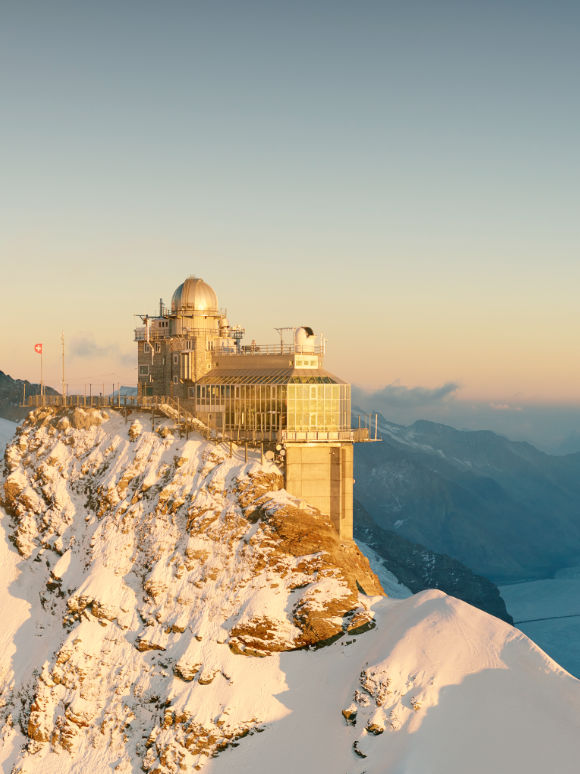
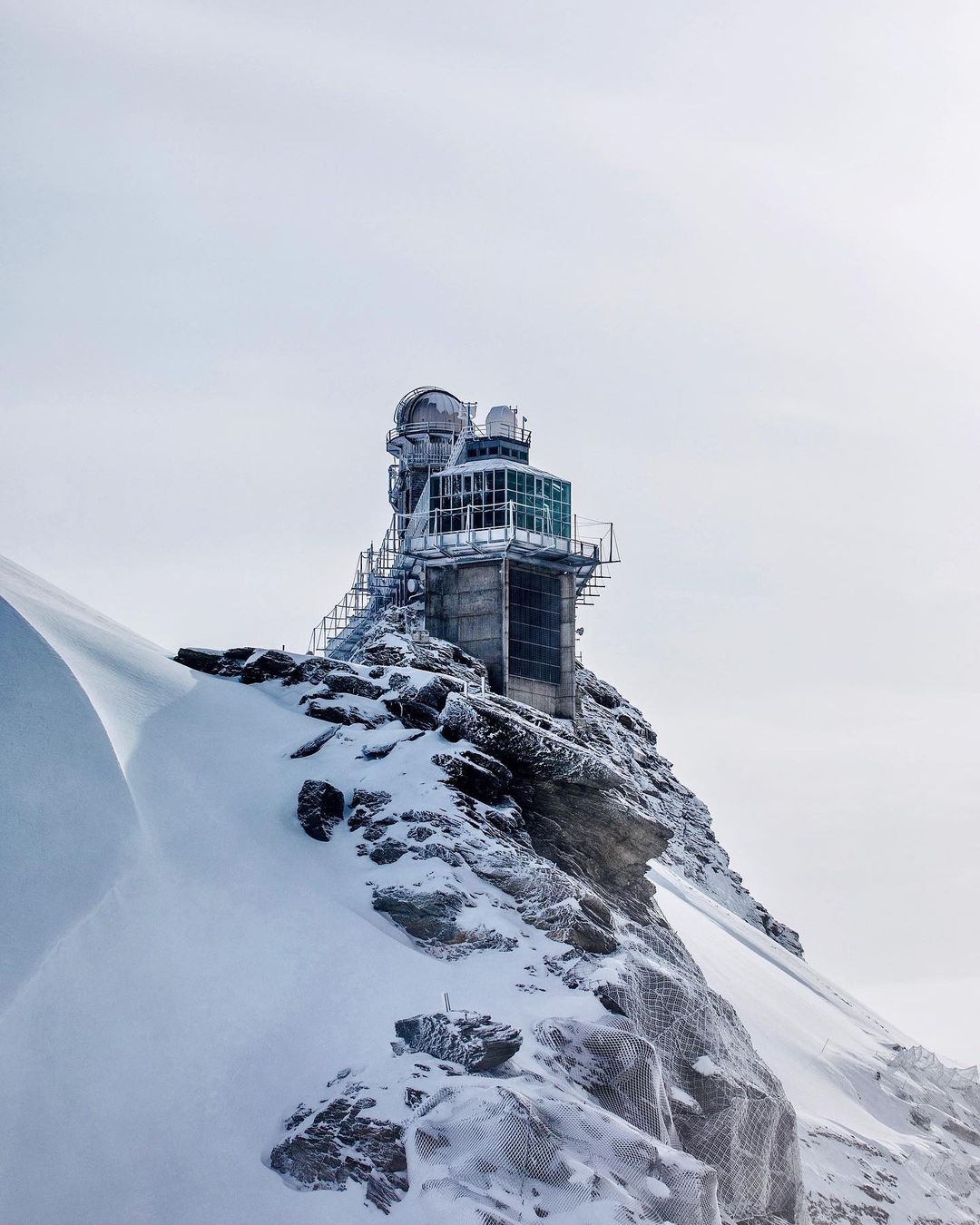

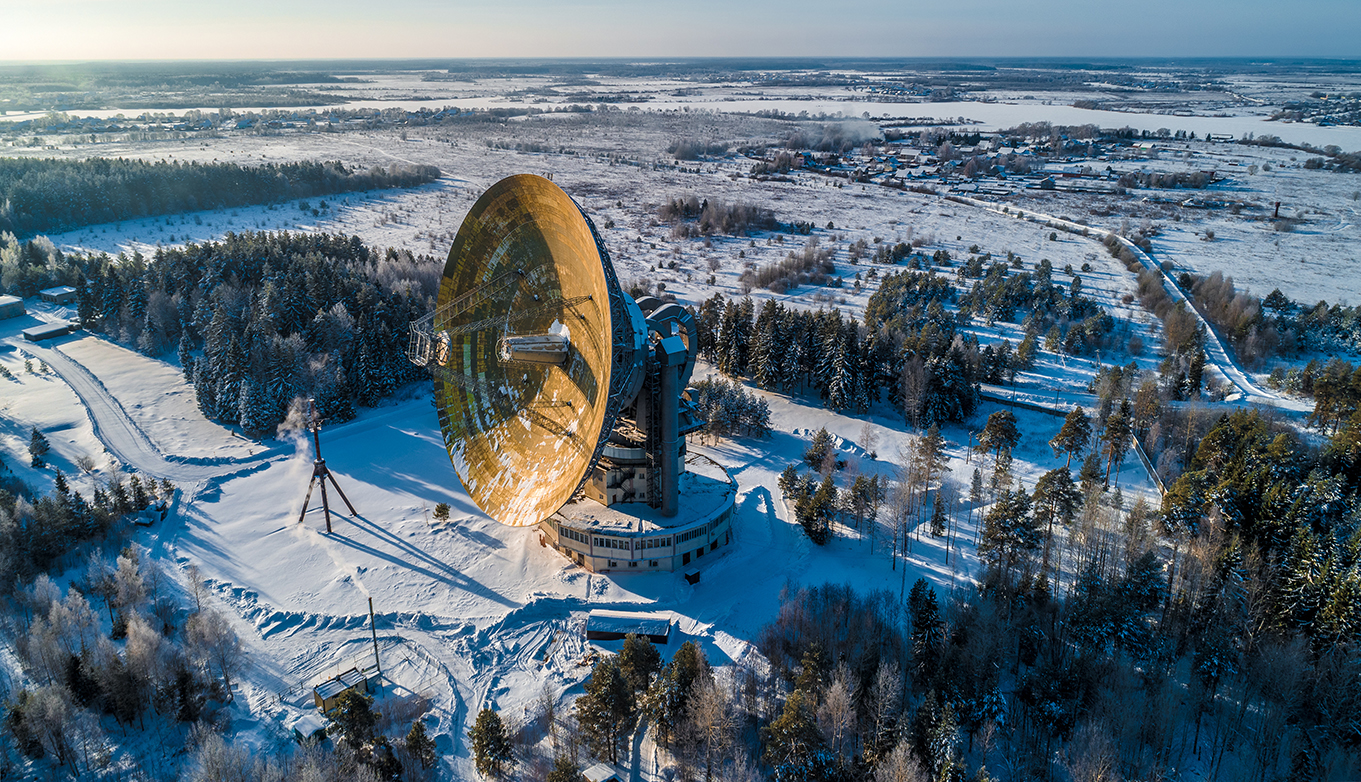
Leave a Comment